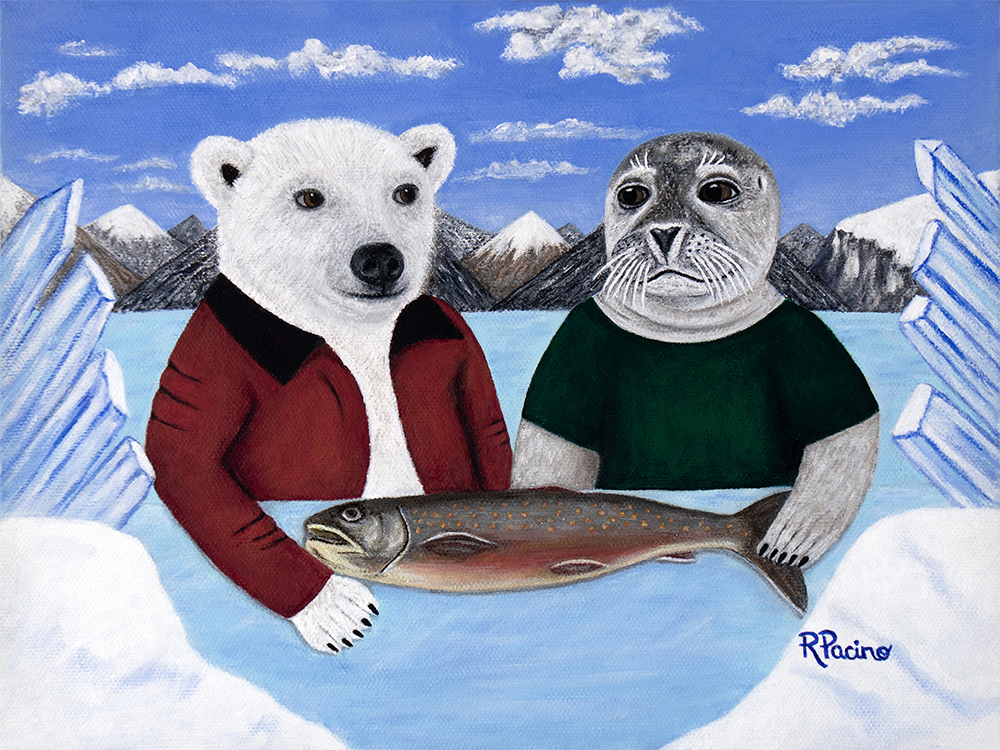Title: Unveiling the Rich Tapestry of Art: A Journey through History
Introduction:
Art is a timeless form of expression that has captivated humanity for thousands of years. From cave paintings to contemporary installations, art has evolved and transformed, reflecting the diverse cultures and beliefs of societies across the globe. Embark with us on a journey through time as we uncover the fascinating history of art, illuminating its profound impact on human civilization.
-
Prehistoric Art: The Dawn of Creativity
Our story begins in the depths of prehistory, where the origins of artistic expression emerge. Cave paintings found in places like Lascaux in France and Altamira in Spain offer a glimpse into the lives of early humans. Our ancestors communicated their stories and beliefs through these intricate drawings of animals, humans, and hunting scenes, forging a connection between the natural and the spiritual world.
-
Ancient Egypt: A Civilization of Symbolism
Traveling to the banks of the Nile, we encounter the grandeur of Ancient Egyptian art. Hieroglyphics, elaborate tombs, and colossal statues embody the Egyptian belief in the afterlife. The Egyptians immortalized their pharaohs and gods through their artistic mastery, creating enduring symbols of power and divinity.
-
Classical Greece: The Pursuit of Perfection
The city-states of ancient Greece introduced a new aesthetic ideal rooted in balance, harmony, and human form. The birth of sculpture and architecture as we know it today can be traced back to this period. The Parthenon, a magnificent temple in Athens, stands as a testament to the Greeks’ pursuit of aesthetic perfection and their reverence for the gods.
-
The Renaissance: A Rebirth of Creativity
Fast-forwarding to the 14th century, we arrive at the Renaissance—a transformative era in European art. The Renaissance witnessed a renewed interest in classical knowledge, scientific inquiry, and humanism. Visionaries like Leonardo da Vinci, Michelangelo, and Raphael ushered in a revolution in painting, sculpture, and architecture. The masterpieces of this era, such as the Mona Lisa and the Sistine Chapel ceiling, continue to inspire awe and admiration.
-
Baroque and Rococo: A Celebration of Grandeur
The Baroque and Rococo periods emerged as Europe’s response to the religious and political upheavals of the 17th and 18th centuries. Artists sought to convey drama, emotion, and opulence in their works, reflecting the tastes of the aristocracy and the Catholic Church. Extravagant churches, like St. Peter’s Basilica in Rome, and the intricate paintings of Caravaggio and Rembrandt epitomize the grandeur of this era.
-
Impressionism: Capturing the Essence of the Moment
In the 19th century, a group of rebellious artists, including Claude Monet, Pierre-Auguste Renoir, and Edgar Degas, rejected the academic traditions of their time, giving birth to the Impressionist movement. By capturing fleeting impressions of light and color, these artists challenged the conventions of realism and created a new way of seeing the world. Their iconic works, such as Monet’s Water Lilies, introduced a fresh perspective and paved the way for modern art.
-
Modern and Contemporary Art: Pushing Boundaries
As we step into the 20th century, the art world explodes with innovation and experimentation. Movements like Cubism, Surrealism, Abstract Expressionism, and Pop Art shattered traditional norms, challenging viewers to engage with art in new and unconventional ways. Figures like Pablo Picasso, Salvador Dalí, Jackson Pollock, and Andy Warhol revolutionized art by pushing the boundaries of imagination and challenging the status quo.
Conclusion:
From the flickering torches of prehistoric caves to the awe-inspiring galleries of the present day, the history of art is a testament to the human spirit’s boundless creativity and thirst for expression. Each era and movement has left an indelible mark, reflecting the beliefs, aspirations, and struggles of the societies that produced them.
Art has transcended boundaries, cultures, and languages, as a universal language connecting us all. It has the power to evoke emotions, provoke thoughts, challenge perspectives, and inspire change. Whether it’s a delicate brushstroke on canvas, a towering sculpture, or a thought-provoking installation, art invites us to explore the depths of our existence and the world around us.
As we reflect on the rich tapestry of art’s history, it becomes evident that its influence extends far beyond the realm of aesthetics. It has acted as a mirror to society, capturing the triumphs and tribulations, the dreams and nightmares of humanity. It has been a vessel for social commentary, a catalyst for cultural movements, and a source of solace and inspiration.
In an increasingly complex and interconnected world, art continues to evolve, embracing new mediums, concepts, and perspectives. Contemporary artists challenge conventions, blur boundaries, and redefine what art can be. As we look to the future, we can anticipate a continued fusion of tradition and innovation, as artists use their creativity to navigate the complexities of our changing world.
So, whether you find yourself lost in the contemplation of a classical masterpiece or marveling at the audacity of a contemporary installation, remember that art is a testament to the human experience, a journey of self-discovery, and a bridge that connects us across time and space. Let us celebrate and cherish the vibrant history of art, for it is a treasure that enriches our lives and reminds us of our shared humanity.
